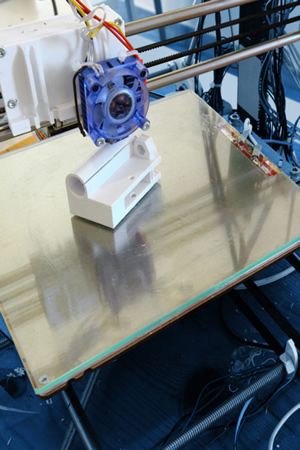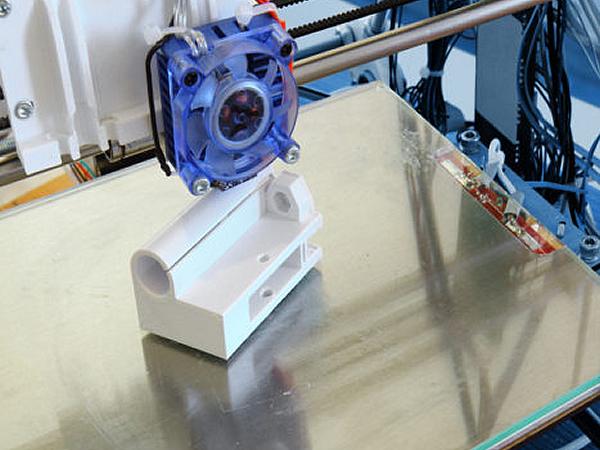The strength of any 3D printed object depends on the quality of its base, the very first layer of deposited substrate. Even the most well-engineered part risks malfunction if there are variations or flaws in the printing surface. To ensure optimal part quality and performance, it’s critical to select a reliable 3D printing bed.
A range of 3D printing surface materials are available — everything from acrylic plastic and aluminum, more traditional surfaces, to specialty materials such as thermoplastic polyurethane. In recent years, though, glass has become a go-to choice.
Borosilicate glass, in particular, is extremely well-suited for 3D printing processes in a range of applications. Below, we’ve outlined three of its main advantages.
Physical Strength and Thermal Fatigue Resistance
 A blend of silica and boron trioxide, borosilicate glass is highly durable.
A blend of silica and boron trioxide, borosilicate glass is highly durable.
3D printing requires high amounts of heat — both from the molten printing material and, if needed, a heating bed — but borosilicate features a very low coefficient of thermal expansion, meaning that any physical changes it undergoes when subjected to high temperatures are minimal.
This low coefficient of thermal expansion prevents the glass from warping during use, which, in turn, prevents printed objects from adopting flaws in their base layers.
Consistent Flatness
Due to its method of manufacture, borosilicate glass also features a flatter surface than traditional 3D printing bed materials.
Its unique physical chemistry allows printing beds to resist the crowning and warping that often occur with materials like aluminum.
Not only is it annoying to have to constantly adjust printing beds or printer settings in order to maintain a flat surface, it’s also a waste of time.
And ultimately, constantly adjusting systems and settings can result in faulty prints. Borosilicate glass printing surfaces provide consistent flatness, eliminating the need for adjustments.
Minimal Part Warpage and Easy Removal
When used in conjunction with a heating bed, borosilicate glass 3D printing beds minimize or eliminate warpage in completed parts. Glass beds conduct heat evenly, which allows the printed part to cool evenly in a controlled manner, thereby reducing the risk of warpage.
Borosilicate glass’s low coefficient of thermal expansion also aids in the removal of completed and cooled parts from the surface. Borosilicate glass expands minimally when heated, so it does contracts minimally when cooling.
Parts contract during cooling at a higher rate relative to the glass bed, allowing them to naturally pop off the glass, making removal easy and force-free, no tools required.


